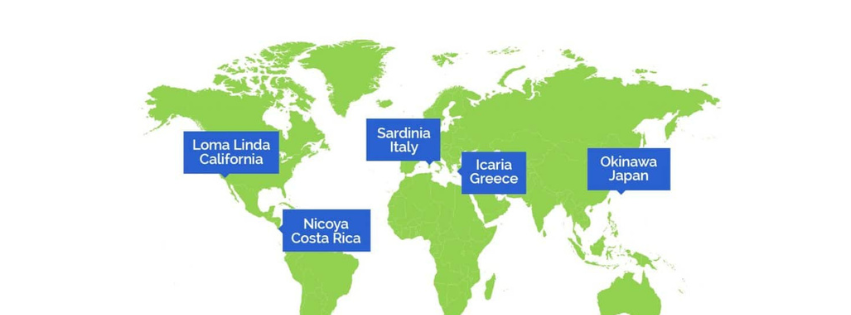
How the Blue Zone Backlash Is Changing The Way We Think About Longevity
BALA BITES: IS THE CONNECTION BETWEEN BLUE ZONES AND LONGEVITY REAL?
Gary Taubes, a respected journalist and author of five books including his most recent The Case Against Sugar, just took aim at Blue Zones, the longevity concept around healthy aging made famous by Dan Buettner.
In his latest Substack post, Taubes argues that Blue Zones are more myth than science, fueled by faulty record-keeping and wishful thinking rather than proven lifestyle secrets that lead to exceptional healthy aging.

WHAT'S THE CONTROVERSY?
The Blue Zones concept took off in 2005, when Buettner, backed by National Geographic, identified five regions where people supposedly lived the longest.
Skepticism around Blue Zones started to emerge as early as 2010, when Japan investigated its centenarian population and found thousands of false longevity claims—missing people still listed as alive, pension fraud, and clerical errors.
Sounds a bit like the US where our Social Security system reportedly still has deceased individuals still in the system.
By 2023, Saul Newman’s extensive work against Blue Zones gained traction, which suggested that bad data, not special diets, explained extreme longevity in Blue Zones. Publications like Slate and The Independent ran with the story, questioning the entire premise.
Now, Taubes is doubling down in this Substack article, saying Blue Zones are a compelling but misleading story that distracts from real longevity science.
WHAT YOU SHOULD TAKE AWAY FROM THIS
Even if Blue Zones are based on flawed data, some of their core principles still make sense for healthy aging:
- Social connection → Strong relationships are good for mental and physical health.
- Daily movement → Longevity isn’t about extreme exercise but staying active naturally.
- Whole, minimally processed foods → Regardless of meat or plant intake, avoiding ultra-processed foods is a win.
WHAT SHOULD YOU QUESTION
- Plant-based only → Blue Zones originally highlighted regional diversity (including meat, dairy, and fish), but modern Blue Zone advice now promotes Seventh-day Adventist-inspired plant-based eating. Eat a variety of proteins, ideally ones that you enjoy and don't eat highly processed foods.
- Causation vs. correlation → Just because these populations were long-lived doesn’t mean their diet caused it. Genetics, early-life hardships, and other factors likely played a role.
THE BOTTOM LINE
Be wary of a single packaged longevity lifestyle narrative—focus on what actually works for you. Do the work to find out which formula works for you. There is no one-size-fits-all equation for a long life other than "eat less processed foods".
KEY TAKEAWAYS
- The recent Blue Zone backlash challenges traditional views on longevity lifestyle and prompts a fresh look at what really drives healthy aging
- New critiques of the Blue Zone narrative reveal gaps in how we think about centenarian habits and offer new insights into modern longevity strategies
FURTHER READING
Want more insights like this? Sign up for Bala Bites and get a curated compilation of insights delivered every other week to your inbox
Know why Pecorino Romano is a longevity cheese? Read why science considers it to be the healthiest cheese on the planet